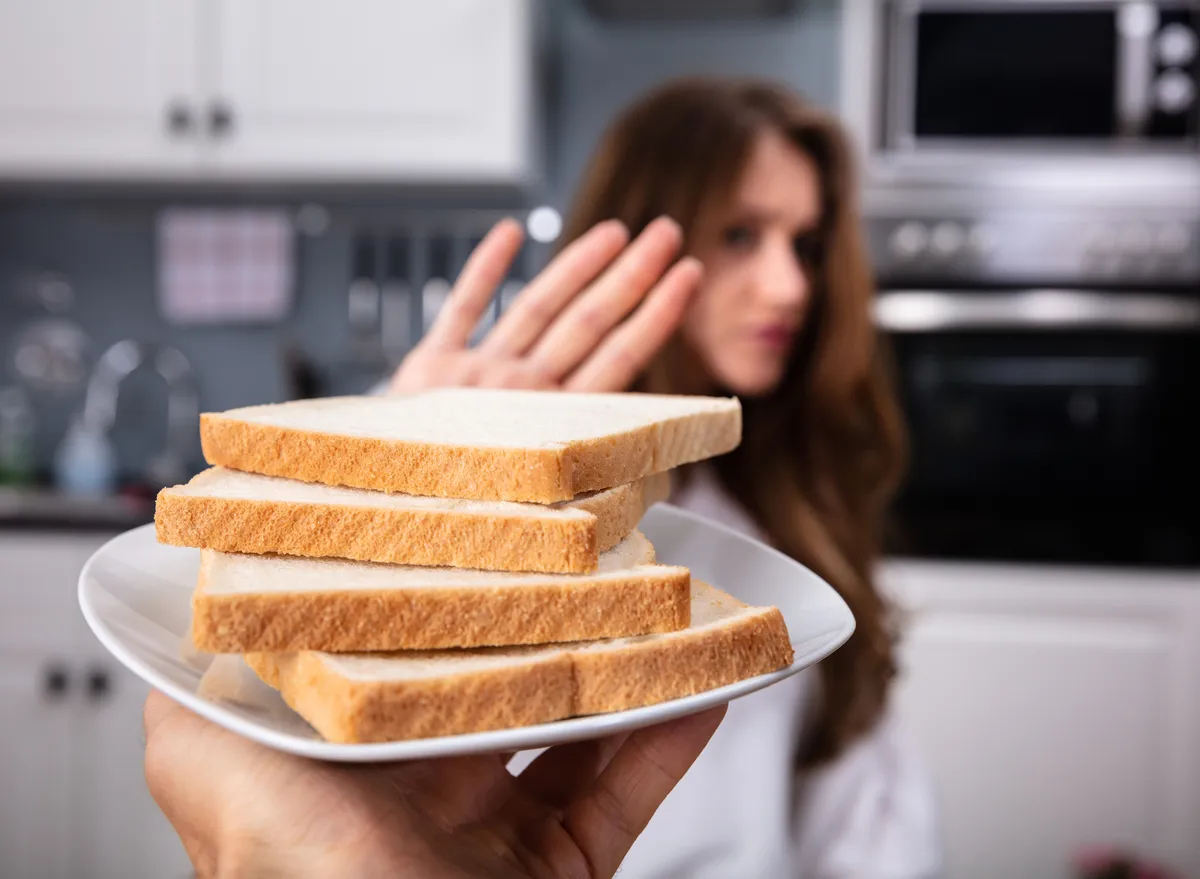Yes, eating too much bread can potentially contribute to the development of yeast infections. However, it’s important to understand the underlying factors and how they interplay with diet, particularly bread consumption.
Yeast infections, caused by an overgrowth of the Candida species, can be influenced by various dietary habits and lifestyle factors.
This article will delve into the connection between bread consumption and yeast infections, providing a detailed overview based on nutritional science and medical expertise.
What Causes Yeast Infections?
Yeast infections are typically caused by the overgrowth of Candida, a type of fungus that naturally exists in small amounts in the body. The most common species responsible for infections is Candida albicans.
Recommended: Does Boric Acid Help With UTI?
This fungus usually resides in the mouth, throat, gut, and vagina without causing harm. However, under certain conditions, it can multiply excessively, leading to an infection.

Symptoms of Yeast Infections
Common symptoms of yeast infections include itching, burning, and irritation in the affected area. For vaginal yeast infections, you may experience a thick, white discharge resembling cottage cheese.
Oral thrush, another form of yeast infection, presents as white patches in the mouth and throat.
Recommended: Can Bread Cause Gallbladder Pain?
The Link Between Bread and Yeast Infections
Bread, especially white and refined bread, is high in carbohydrates and sugars. When consumed in excess, these can create an environment conducive to Candida overgrowth.
Carbohydrates break down into sugars in the body, and Candida thrives on sugar. A diet high in these substances can, therefore, fuel the growth of yeast.
Also, many commercial breads contain preservatives and additives that may disrupt the natural balance of gut flora. A healthy gut flora is crucial in keeping Candida in check. When this balance is disrupted, it can lead to an overgrowth of yeast.

Diet and Yeast Infections
1. High-Sugar Foods
Foods high in sugar, including many types of bread, can contribute to the overgrowth of Candida. High sugar intake can suppress the immune system, making it easier for yeast to multiply.
Reducing the consumption of sugary foods and opting for whole grains instead of refined grains can help maintain a healthy balance.
Recommended: 6 Reasons Why My Vagina Smell Like A Fish
2. Yeast and Mold in Bread
Bread made with yeast can sometimes contain residual yeast, which can potentially exacerbate Candida overgrowth in susceptible individuals.
Additionally, moldy bread can introduce harmful fungi into the body, further complicating the issue.
How to Prevente Yeast Infections Through Diet
1. Choose the Right Types of Bread
Opt for whole grain or sourdough bread instead of white or refined bread. Whole grain breads are lower in sugar and higher in fiber, which supports healthy digestion and gut flora. Sourdough bread undergoes a fermentation process that can reduce the sugar content and make it easier to digest.
2. Incorporate Probiotics
Probiotics are beneficial bacteria that help maintain healthy gut flora. Including probiotic-rich foods in your diet, such as yogurt, kefir, and fermented vegetables, can help keep Candida in check. These foods support the growth of good bacteria that compete with yeast for resources.
Recommended: What Antibiotics Treat Gallbladder Infections?
3. Balance Your Diet
A balanced diet rich in vegetables, lean proteins, and healthy fats can support overall health and reduce the risk of yeast infections. Limiting the intake of processed foods, sugars, and refined carbohydrates is crucial in maintaining a healthy balance.

Lifestyle Factors Contributing to Yeast Infections
1. Stress and Immunity
Chronic stress can weaken the immune system, making it harder for your body to fight off infections, including yeast infections. Stress management techniques such as yoga, meditation, and regular exercise can help boost your immune system.
2. Hygiene and Clothing
Wearing tight, non-breathable clothing can create a warm, moist environment that promotes yeast growth. Opt for loose-fitting, breathable fabrics and maintain good hygiene to prevent infections.
Recommended: Vaginal Itching: 20 Possible Causes
3. Medications and Health Conditions
Certain medications, like antibiotics and steroids, can disrupt the natural balance of bacteria and yeast in the body. If you frequently suffer from yeast infections, discuss your medications with your healthcare provider.
Additionally, health conditions such as diabetes can increase the risk of yeast infections due to higher blood sugar levels.
Conclusion
While eating too much bread alone may not directly cause a yeast infection, it can contribute to an environment that allows Candida to thrive. High carbohydrate and sugar intake, coupled with other dietary and lifestyle factors, can increase the risk of yeast overgrowth.
By choosing whole grain options, incorporating probiotics, and maintaining a balanced diet and healthy lifestyle, you can reduce the risk of developing yeast infections.
Always consult with a healthcare provider for personalized advice and treatment options if you experience recurrent yeast infections.
